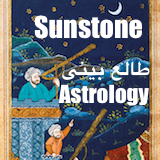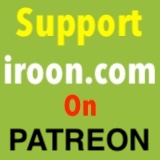Link
MajidNaficy 's Recent Links
The New Yorker: How America gave China an edge in nuclear power
MajidNaficy | 15 hours ago
0 33
Vox Populi: Nan Levinson: Doin’-the-Right-Thing Rag
MajidNaficy | 15 hours ago
0 28
The New Yorker: Stephen Sondheim, Puzzle Maestro
MajidNaficy | one day ago
0 61
Trump Moves to Denaturalize Citizens, End Birthright Citizenship, Halt Visa Lottery
Viroon | 9 hours ago
0 80
Category: None
Does Iran have the best food in the world? I went to Qom to find out!
Viroon | 9 hours ago
0 73
Category: None
Iran's drought crisis - What in the World podcast, BBC World Service
Viroon | 10 hours ago
0 74
Category: None










Comments